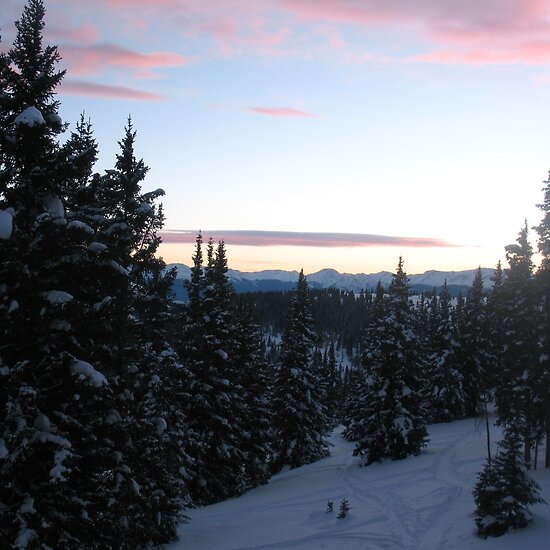I would second looking at a mid style. I just retired my 14 year old Black Diamond Mega-Mid for a Go lite Shagrila 3. Very snow and wind worthy, lots of usable space, and very light for a four season shelter.
- Home
- Forum
- Journals
- Gallery
- What's New?
- Todays Posts
- 2,000 Miler Listing
-
Odd & Ends
- About WhiteBlaze/Tools
- About WhiteBlaze
- WhiteBlaze user agreement
- WhiteBlaze logo progression
- WhiteBlaze screen savers
- Purchase a banner spot
- Quick reference
- Usercp
- Subscribed Threads
- Members List
- Calendar
- Mark all forums read




 Reply With Quote
Reply With Quote




 )
)

